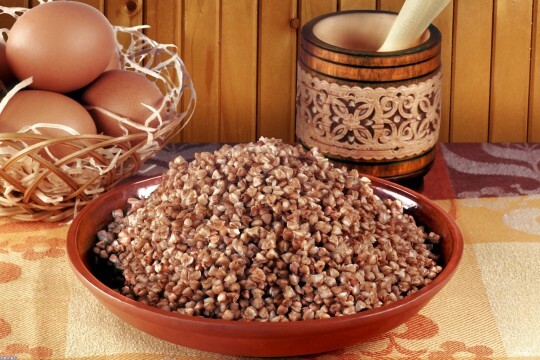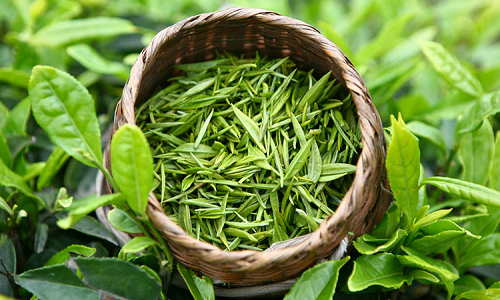The main feature of the diet for diabetics is a complete rejection of carbohydrates, which are easily digested( sugar is not an exception here).All products, the use of which can lead to an increase in glucose in the blood, are forbidden diabetics. What is dangerous for hyperglycemia?
It is dangerous because it is often the main cause of disruption in the operation of all body systems. Nevertheless, according to experts, patients with diabetes can not completely abandon the use of sweets, so as not to exacerbate the mental state of .But patients with this diagnosis need to use special substitutes instead of regular sugar. To taste, the substitutes resemble classic sugar. Their benefit lies in the absence of influence on the level of glucose in the blood and carbohydrate metabolism. However, they have some peculiarities that need to be remembered.
Classification of sweeteners

Currently, there are two main types:
- non-caloric( do not have energy value);
- are caloric.
Non-calcareous include saccharin and aspartame. Such substitutes are sweeter than usual sugar once in 200-600, when consumed, there is no energy release. In a day they can be consumed a small amount.
Another feature of such sweeteners - under the influence of heat treatment is a change in taste. It is very important that such sweeteners do not contain calories. In case of type 2 diabetes, it is necessary to maintain a normal weight.
The use of this type of sugar substitutes in diabetes promotes proper nutrition, without violating the daily diet.
To caloric sweeteners include:
- xylitol;
- sorbitol;
- fructose.
They contribute to the release of approximately 4 kcal of energy. For this reason, people with excessive body weight need to use this type of substitutes with restrictions. To taste, sugar is more sweet compared to such substitutes( fructose is an exception).
Artificial sweeteners are obtained artificially. The form of release - tablets( one tablet = one spoon of granulated sugar).Sugar is less sweet than sweeteners of this type. You can consume no more than 30 grams of such sweeteners per day.
The level of glucose in the blood with the use of maltitol syrup does not increase, so it serves as an additive to many sweets( chocolate bars, candies for diabetics).Also, such a sweetener is less caloric than other types of sugar.
From maltitol is more useful than sugar and other additives, because one gram of it contains only 2.1 kcal.
For many diets it is recommended by dieticians that it is maltitic syrup due to the low calorie content. To prevent caries, a syrup is also used, since it does not adversely affect the teeth.
What harm can maltit cause?
It is impossible to deny the possible harm that may be caused by maltitol to the human body. It is impossible to abuse this food supplement, despite permission to use such a sugar substitute in many countries of the world.
Maltitol is only able to cause harm if the permissible level is exceeded. For a day you can not eat more than 90 grams of maltitol. Otherwise, it is possible to avoid harm to health and possible flatulence and diarrhea.
Norway and Australia write on packaging with products that contain this food additive warning about possible laxative effect.
Maltitol is a product made from potato starch or corn. On the packaging it is indicated as food additive E965.It is sweet to the taste, the intensity of its taste is about 80-90% of sucrose sweetness. In appearance, maltitol is a white, odorless powder. In the body there is a splitting of the powder into molecules of sorbitol and glucose. The sugar substitute is soluble in water, the dissolution process is slightly worse in alcohol, it is resistant to hydrolysis processes.
To date, many recipes for chocolates, chocolate, baked goods, cakes, chewing gums contain maltitol. This sweetener is undoubtedly useful, but it can also harm the body. If you consume more than 90 grams per day, maltitol is harmful. The consequences may be:
- flatulence;
- bloating;
- diarrhea.
In Austria and Norway, in the description of a product containing a sugar replacer, an inscription is made indicating a possible laxative effect.



